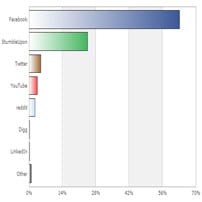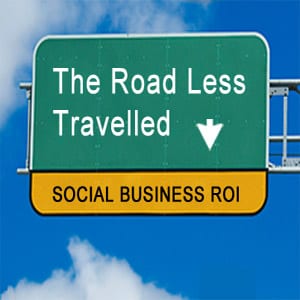Facebook on Smartphones: Leads Mobile Engagement

According to comScores’s new Mobile Metrix 2.0 report, released on May 7, 2012, Facebook ranks as the most engaging media property among U.S. Smartphone users. The average Facebook mobile user engaged for more than 7 hours in March, 2012. That’s good and bad news for Facebook. The good news is that Facebook’s overall usage and engagement continues to trend up and users spent more time on Facebook in March 2012 than in February 2012 on Smartphones.

The bad news is that Facebook users are starting to spend more time on Facebook on their Smartphones than they are on their desktops (includes laptops, pads, etc.)
Problem is, Facebook is getting pennies on the dollar for mobile ad revenue compared to desktop ad revenue. We talk about this in our recent Blog Post “Never Underestimate the Zuck (Facebook Instagram deal)”. So it seems that as the popularity of accessing Facebook on Smartphones increases, the popularity of accessing Facebook on desktops is declining.
On Facebook, the top ranked mobile media property by engagement, 80 percent of time spent in March 2012 was represented by App usage compared to 20 percent via Browser
Analysis of the share of time spent across Apps and Browsers revealed that even though these access methods had similar audience sizes, Apps drove the lion’s share of engagement, representing 4 in every 5 mobile media minutes. Analysis of the top properties also revealed widely varying degrees of time spent between App and Browser access methods. Also, the Facebook mobile App ranked within the top five Apps on both iOS and Android platforms, securing the #3 spot among iPhone users (80 percent reach) and the #5 position with Android users (68.9 percent reach). Generally, social networking proved to be a particularly popular activity on smartphones with Facebook once again leading the pack among social networking brands (Twitter, LinkedIn, Pinterest, etc.).

Facebook released an interesting disclaimer in its recent IPO filing document
“If users increasingly access mobile products as a substitute for access through personal computers, and if we are unable to successfully implement monetization strategies for our mobile users, our financial performance and ability to grow revenue would be negatively affected.” (Excerpt from Facebook’s Pre-IPO doc). So, Facebook is obviously tuned into the phenomenon of increased mobile usage=decreased desktop usage and is working on their mobile strategy to increase revenue from mobile. We think that at least part of Facebook’s mobile revenue will be driven from the way that Facebook re-implements Instagram and how it accesses Timeline (where some of the ads are now, and more seem likely to come). On the other hand, maybe Facebook will announce a new Facebook Mobile Phone soon. If they do that post-IPO, that announcement could send Facebook’s then public stock soaring 150%. Hmm. Sounds like a plan. We await future Facebook announcements with great anticipation (stay close to this one)!










